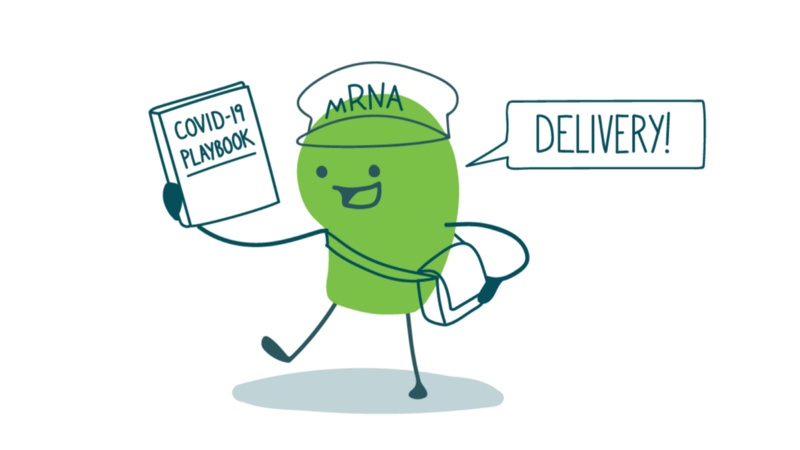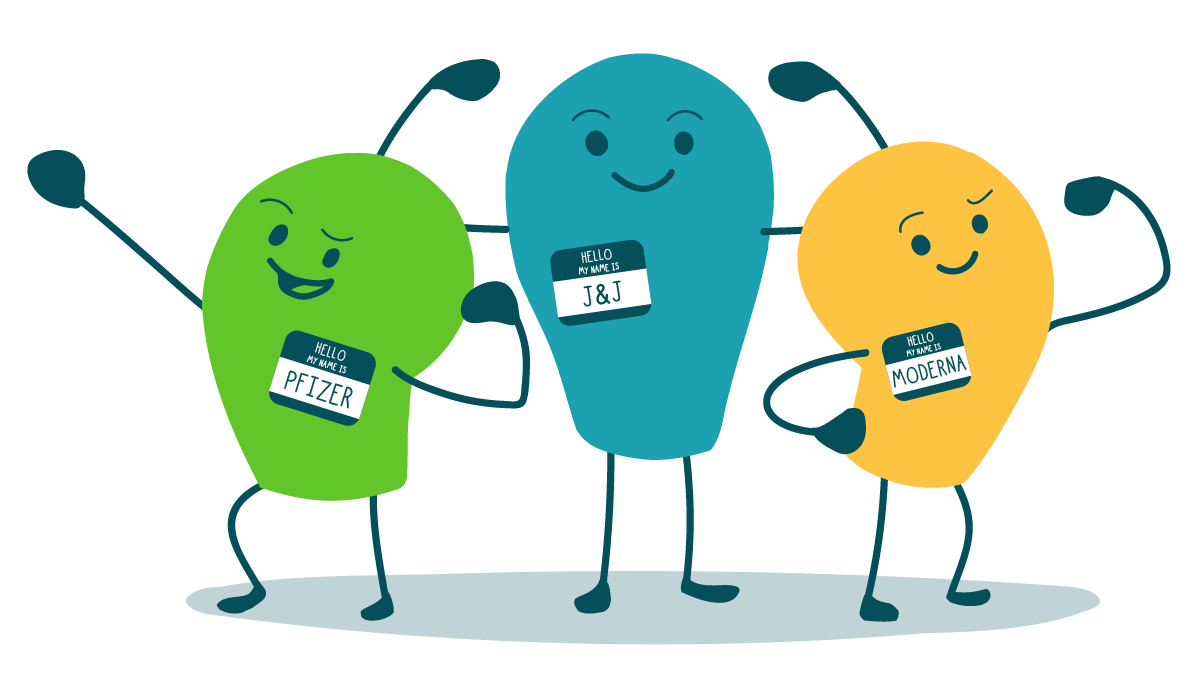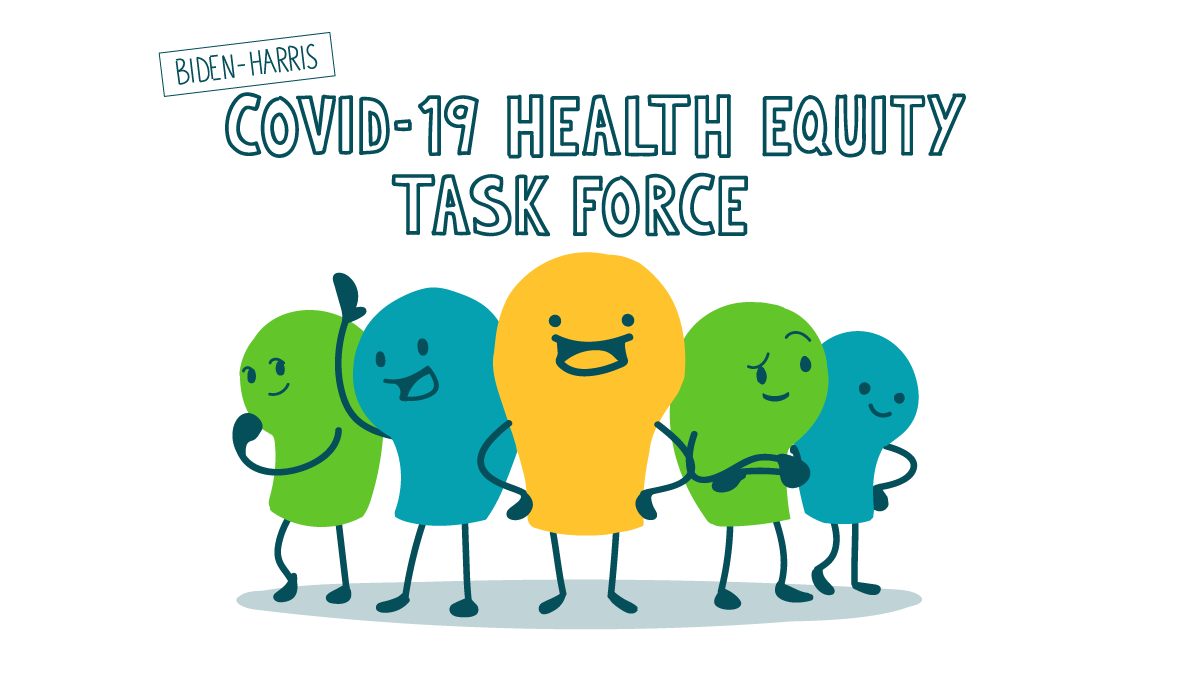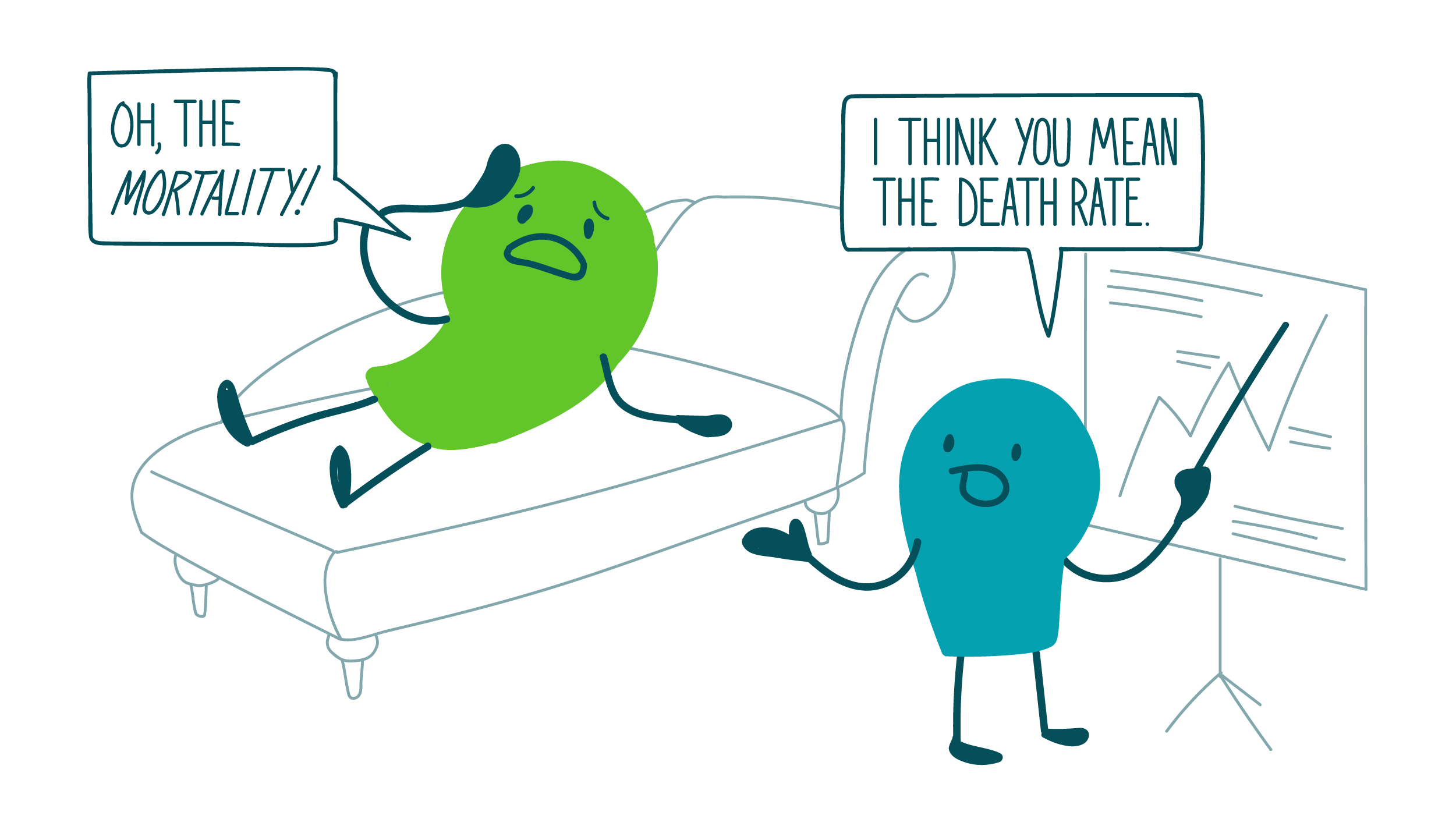
Now that folks are starting to get COVID-19 vaccines, many people are eagerly awaiting their turn in line. But because the first 2 COVID-19 vaccines authorized in the United States are a new type — called mRNA vaccines — lots of people also have questions about how they work.
If you’re still getting up to speed on mRNA vaccines yourself, here’s the gist: mRNA stands for messenger RNA — and the messages these vaccines carry are like instructions for your immune system.
All vaccines work by training your immune system to recognize and fight off a specific germ before it has a chance to make you sick. Traditional vaccines use the germ itself for this “training” — either a weakened or dead form of the germ, or a small part of the germ.
But mRNA vaccines don’t have any of the germ in them at all! Instead, they deliver a small strip of genetic code (the mRNA) that teaches your immune cells to make and recognize a key protein — in this case, the spike protein on the surface of the COVID-19 virus.
Once your immune system recognizes the spike protein, it reacts just like it would to the actual COVID-19 virus — by creating antibodies to fight it off. Then if the COVID-19 virus shows up, the antibodies will be ready to stop it in its tracks.
To round out this feast of vaccine facts, try offering your readers few tasty truth sandwiches:
- mRNA vaccines can’t give you COVID-19. Remember, there’s no virus in them — and the spike protein can’t give you COVID-19 either.
- The 2 mRNA COVID-19 vaccines are safe and effective. Researchers worked as fast as possible to get the vaccines ready — but they didn’t skip any steps or cut any corners. The researchers completed all the usual phases of clinical trials and gave the vaccines to tens of thousands of people, so we can be confident that they’re safe and that they work to prevent COVID-19.
- mRNA vaccines don’t change your genes. You may have heard concerns that the mRNA in vaccines could stay in your cells and affect your DNA, but that’s not true. In fact, your body destroys the mRNA from the vaccine within a few hours after you get vaccinated. The mRNA shows up, does its job, and then it’s outta there!
- Serious side effects from these vaccines are rare, and getting vaccinated is much less risky than getting COVID-19. It’s common for people who get the vaccine to get a headache or fever or to feel tired and achy for a day or 2 — and that’s actually a good thing! These are signs that the vaccine is working.
And while you’re spreading the good news about the new vaccines, remember to encourage people to keep taking other steps to prevent the spread of COVID-19 before and after they get vaccinated. It’ll be a while before most people can get the vaccine, so it’s important to continue doing everything we can to keep everyone safe.
The bottom line: Explaining mRNA COVID-19 vaccines in plain language can help ease people’s fears — and make it more likely they’ll choose to get vaccinated.
Tweet about it: Want to explain mRNA #COVID19 vaccines in #PlainLanguage? @CommunicateHlth can help: https://bit.ly/3bZ4y6i #communicateCOVID
Browse recent posts


